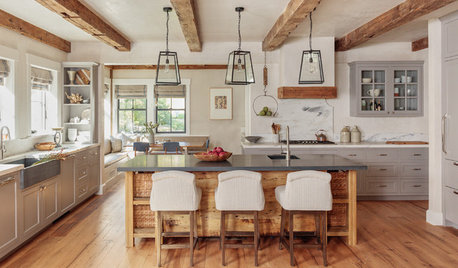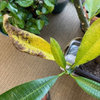Best listing of named cultivars with photos?
ivysmom
11 years ago
Featured Answer
Sort by:Oldest
Comments (40)
ivysmom
11 years agolast modified: 9 years agomoonie_57 (8 NC)
11 years agolast modified: 9 years agoRelated Professionals
West Milford Landscape Architects & Landscape Designers · Leawood Landscape Architects & Landscape Designers · Parole Landscape Architects & Landscape Designers · Bell Gardens Landscape Contractors · Kaysville Landscape Contractors · Mashpee Landscape Contractors · Middle River Landscape Contractors · Miller Place Landscape Contractors · New Cassel Landscape Contractors · North Lauderdale Landscape Contractors · River Ridge Landscape Contractors · San Bruno Landscape Contractors · Longmont Siding & Exteriors · Tustin Siding & Exteriors · Waldorf Siding & Exteriorsivysmom
11 years agolast modified: 9 years agoKimo
11 years agolast modified: 9 years agoTruNorth7
11 years agolast modified: 9 years agoivysmom
11 years agolast modified: 9 years agoKimo
11 years agolast modified: 9 years agomoonie_57 (8 NC)
11 years agolast modified: 9 years agoirun5k
11 years agolast modified: 9 years agoirun5k
11 years agolast modified: 9 years agoivysmom
11 years agolast modified: 9 years agomoonie_57 (8 NC)
11 years agolast modified: 9 years agodaogirl - SoCal Zone 9
11 years agolast modified: 9 years agobeachplant
11 years agolast modified: 9 years agodewaine_2008
11 years agolast modified: 9 years agosflgplume
11 years agolast modified: 9 years agodewaine_2008
11 years agolast modified: 9 years agopcput
11 years agolast modified: 9 years agoKimo
11 years agolast modified: 9 years agoivysmom
11 years agolast modified: 9 years agoKimo
11 years agolast modified: 9 years agoirun5k
11 years agolast modified: 9 years agojandey1
11 years agolast modified: 9 years agojoanr
11 years agolast modified: 9 years agoLoveplants2 8b Virginia Beach, Virginia
11 years agolast modified: 9 years agoivysmom
11 years agolast modified: 9 years agopcput
11 years agolast modified: 9 years agoslave2thefur
11 years agolast modified: 9 years agopcput
11 years agolast modified: 9 years agoivysmom
11 years agolast modified: 9 years agoirun5k
11 years agolast modified: 9 years agoLoveplants2 8b Virginia Beach, Virginia
11 years agolast modified: 9 years agoslave2thefur
11 years agolast modified: 9 years agoivysmom
11 years agolast modified: 9 years agoslave2thefur
11 years agolast modified: 9 years agopcput
11 years agolast modified: 9 years agorox146
11 years agolast modified: 9 years agopcput
11 years agolast modified: 9 years agojandey1
11 years agolast modified: 9 years ago
Related Stories

GARDENING GUIDESWhat’s in a Name? See 6 Wildflowers That Aren’t ‘Weeds’ at All
Dispel the stereotypes of weeds and try these wildlife-supporting native wildflowers in your garden
Full Story
VINTAGE STYLESee Your Name in Lights
Marquee letters have moved from the carnival to the home, bringing all of the fun with them
Full Story
WORKING WITH PROSInside Houzz: What You Can Learn From a Houzz Photo
Get access to the designer's info, product names, other photos in the project and much more by clicking on a Houzz image
Full Story
Houzz Pushes Past 4 Million Photos
Celebrate the milestone and see how to find exactly what you want among the millions of photos on Houzz
Full Story
New Year's Resolution: Frame Your Photos
12 Fun Ways to Get Those Memories Out of Your Camera and Into the Spotlight
Full Story
DECORATING PROJECTSWhat to Do With Old Family Photos
Find out how to research, share and preserve images that offer a connection to the past
Full Story
ORGANIZINGHelp for Whittling Down the Photo Pile
Consider these 6 points your personal pare-down assistant, making organizing your photo collection easier
Full Story
CURB APPEAL77 Front Doors to Welcome You Home
Crossing the threshold is an event with these doors in a gamut of styles
Full Story
INSIDE HOUZZInside Houzz: More Filters Make Photo Browsing Even Better
Find the inspiration you’re looking for faster with room-specific filters for the millions of photos on Houzz
Full Story
HOME OFFICESThe 20 Most Popular Home Office Photos of 2015
Technology paves the way for space-saving work areas, while designers make up for small sizes with style
Full StoryMore Discussions









slave2thefur